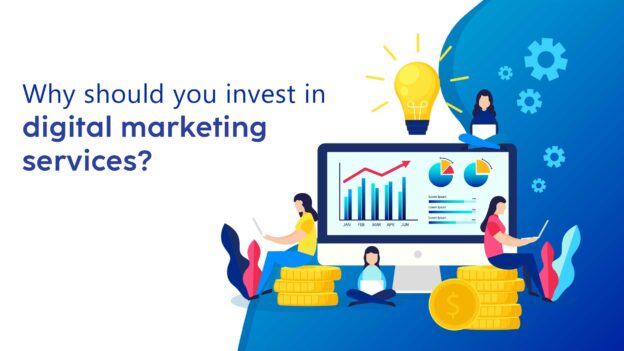The benefits of email segmentation
Improved Relevance: Segmented emails allow you to send content that is highly relevant to each recipient based on their specific interests, behaviors, or demographics. When subscribers receive emails that resonate with their needs and preferences, they are more likely to engage with the content, leading to higher open rates, click-through rates, and ultimately, better conversion rates.
Better ROI: Segmenting email lists and sending targeted campaigns can lead to higher conversion rates and increased revenue. When subscribers receive emails that align with their interests and needs, they are more likely to make purchases or take desired actions, resulting in a higher return on investment (ROI) for the email marketing efforts.
Increased Conversion Rates: By delivering personalized content to your audience segments, you can drive more conversions. Whether your goal is to make a sale, encourage sign-ups, or promote an event, segmented email campaigns allow you to tailor your messaging to the unique needs and preferences of each segment, increasing the likelihood of conversion.
Better Customer Engagement: Segmenting your email list enables you to send more targeted and relevant communications to your subscribers, leading to increased engagement. When subscribers feel that your emails are valuable and resonate with their interests, they are more likely to interact with your brand and remain loyal customers over time.
Reduced Unsubscribe Rates: Sending relevant content to your subscribers reduces the likelihood of them unsubscribing from your email list. When subscribers receive emails that are tailored to their interests and needs, they are more likely to continue engaging with your brand rather than opting out of future communications.
Enhanced Brand Loyalty: Personalized and relevant email communications help foster a stronger connection between your brand and your audience. When subscribers feel understood and valued, they are more likely to develop a sense of loyalty towards your brand, leading to long-term customer relationships and repeat business.
Improved Deliverability: Segmenting your email list and sending targeted campaigns can help improve email deliverability. When subscribers consistently engage with your emails, email service providers are more likely to recognize your messages as valuable and deliver them to recipients’ inboxes rather than their spam folders.
Here are top 5 ways you can segment your email list:
Demographic Segmentation: Divide your email list based on demographic factors such as age, gender, location, income level, occupation, education level, marital status, etc.
Demographic segmentation allows you to tailor your messaging to specific demographic groups and better understand their unique preferences and needs.
Behavioral Segmentation: Segment your email list based on past behavior and interactions with your brand, such as website visits, email opens, clicks, purchases, abandoned carts, download history, etc.
Behavioral segmentation enables you to send targeted emails to subscribers based on their specific actions and interests, encouraging further engagement and conversions.
Lifecycle Stage Segmentation: Divide your email list based on where subscribers are in the customer lifecycle, such as new subscribers, active customers, lapsed customers, and VIP customers.
Lifecycle stage segmentation allows you to deliver relevant content and offers to each segment, nurturing leads, re-engaging inactive subscribers, and rewarding loyal customers.
Interest-Based Segmentation: Segment your email list based on subscribers’ interests, preferences, or purchase history. This could involve categorizing subscribers into different interest groups or product categories they have shown interest in.
Interest-based segmentation allows you to send targeted content and product recommendations that resonate with each subscriber’s specific interests, increasing the likelihood of engagement and conversions.
Engagement Level Segmentation: Segment your email list based on subscribers’ engagement levels with your emails, such as frequent openers, occasional openers, non-openers, etc.
Engagement level segmentation helps you identify highly engaged subscribers who are more likely to respond to your emails and re-engage inactive subscribers who may need a gentle reminder or targeted offer to rekindle their interest.
By leveraging these segmentation strategies, you can create more personalized, targeted, and effective email campaigns that resonate with your audience and drive better results.
Conclusion
Overall, segmentation allows you to send more personalized, relevant, and targeted email campaigns, leading to improved engagement, deliverability, and ROI.



COMMENTS
No Comment have been posted.LEAVE A RESPONSE